From July 1, when comprehensive salary reform is implemented, the basic salary will be abolished, so many social insurance and health insurance regimes based on the basic salary will have to be adjusted.
Adjusting minimum pension and maximum contribution levels
Clause 5, Article 56 of the 2014 Law on Social Insurance stipulates that the lowest pension level when participating in compulsory social insurance is equal to the basic salary .
Currently, the basic salary is 1.8 million VND. Therefore, the lowest pension is 1.8 million VND/month. When abolishing the basic salary, the Government must have guidelines on how to determine the minimum pension level for the social insurance system to apply. This is a policy that affects many people who are receiving low pensions, so many people are interested.
In addition, the current Law on Social Insurance stipulates that the salary used as the basis for social insurance contributions is a maximum of 20 times the basic salary, which is 36 million VND. In case the employee's salary is higher than 36 million VND, the social insurance system will only record the salary used as the basis for social insurance contributions as 36 million VND.
Therefore, when abolishing the basic salary, the Government must also have new regulations for the maximum salary participating in social insurance.
10 social insurance benefits must change
In the current social insurance regime, there are 10 allowances calculated based on the basic salary. When this calculation basis is abolished, there must be new instructions before July 1 so that social insurance has a basis to pay allowances to employees.
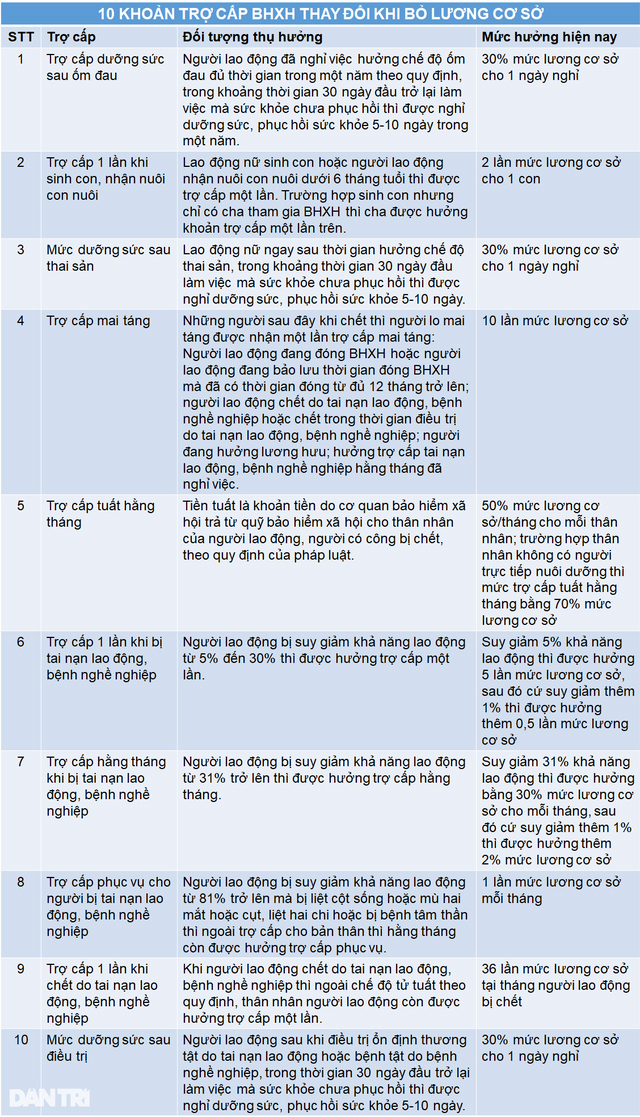
Change in health insurance contribution level
Currently, in addition to the group participating in health insurance based on the salary on the labor contract, other groups pay health insurance based on the basic salary, including the two main groups: people participating in health insurance as a household and students.
Currently, the health insurance premium for a household is calculated based on the number of participants. The first person in the household will pay 4.5% of the basic salary. The contribution for subsequent members will decrease: the second person will pay 70%, the third person will pay 60%, and the fourth person will pay 50% of the first person's contribution. From the fifth person onwards, the contribution will decrease to 40%.
For students, the monthly contribution is 4.5% of the basic salary, with 30% support from the state budget and the remaining 70% paid by the individual.
From July 1, when salary reform is implemented, the Government will have new instructions for this contribution level.
Adjusting conditions for 100% health insurance payment
In addition to some groups participating in health insurance with state budget support, the health insurance regime covers 95%-100% of medical examination and treatment costs, the remaining groups are only covered by health insurance for 80% of medical examination and treatment costs.
However, these groups still have the opportunity to have 100% of medical examination and treatment costs covered by health insurance when participating in health insurance for 5 consecutive years.
Specifically, to have 100% of medical examination and treatment costs covered by the health insurance fund, health insurance participants must meet two conditions.
Firstly, the person must have participated in health insurance for at least 5 consecutive years (from the time the person participates in health insurance to the time of medical examination and treatment).
Second, the amount of co-payment for medical examination and treatment costs in the year is greater than 6 months of basic salary (calculated from the time of participating in health insurance for 5 consecutive years).
That is, during the year, if the amount of medical examination and treatment that the patient co-pays is greater than 6 months of basic salary, the portion exceeding 6 months of basic salary will be paid by the health insurance fund.
From July 1, when the basic salary is abolished, there must be another basis to determine whether the patient meets the second of the two above conditions.
In addition to the above cases, health insurance participants are also covered 100% of medical examination and treatment costs in cases where the cost of a medical examination and treatment is lower than 15% of the basic salary. This regulation must also be adjusted from July 1.
(VTV)
Source





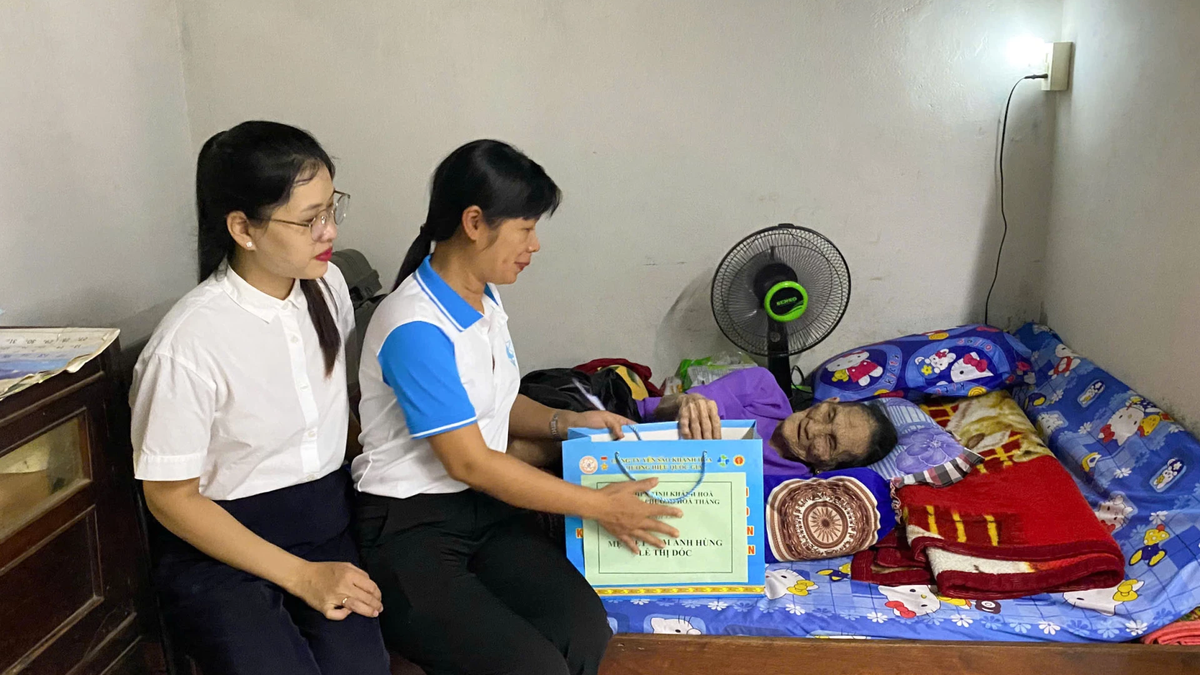






















![[Photo] National Assembly Chairman Tran Thanh Man visits Vietnamese Heroic Mother Ta Thi Tran](https://vphoto.vietnam.vn/thumb/1200x675/vietnam/resource/IMAGE/2025/7/20/765c0bd057dd44ad83ab89fe0255b783)















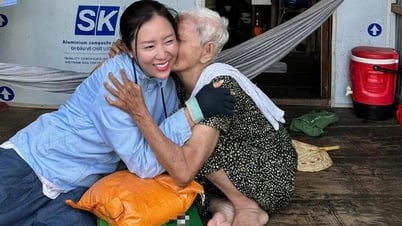




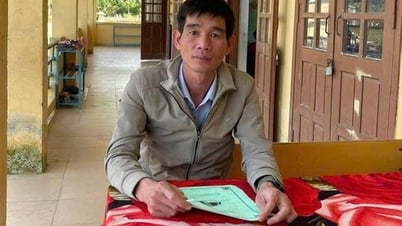





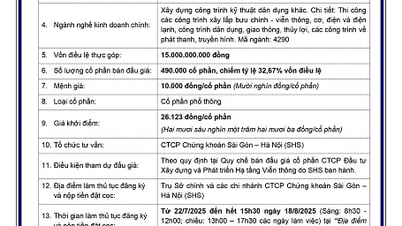











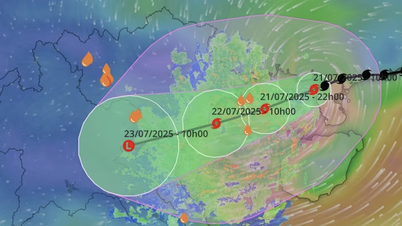



































Comment (0)